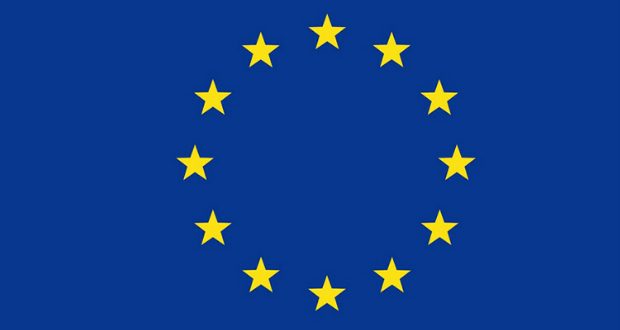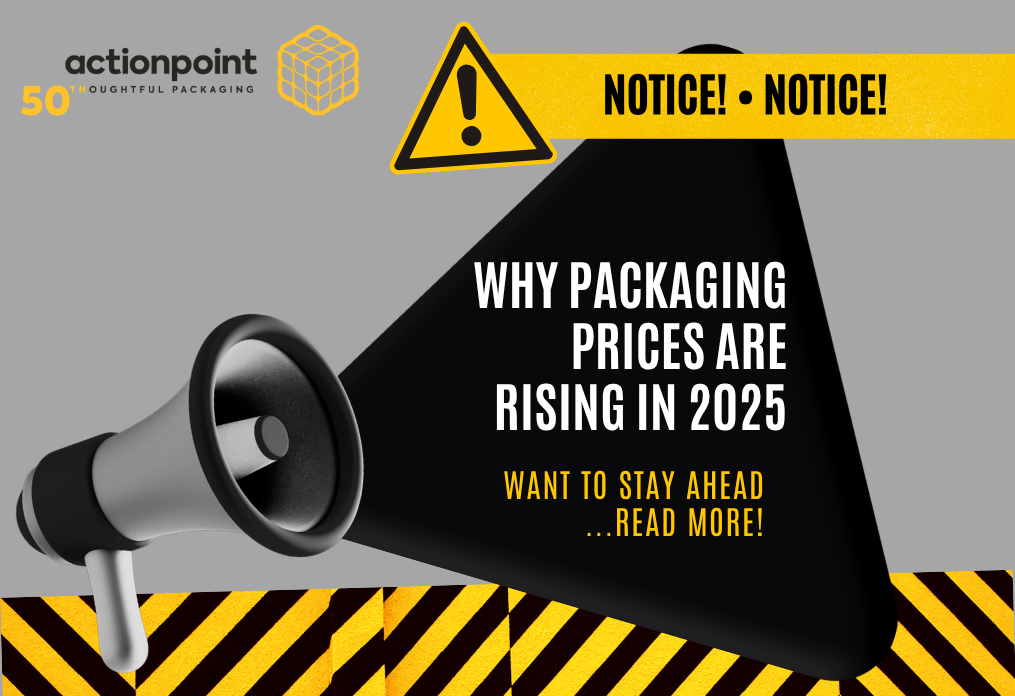The European Commission has announced plans to tax non-recycled plastic packaging waste in the new EU budget, following Britain’s exit next.

It has suggested European Union nations contribute new funds to the bloc’s budget to fill the gap left by Britain’s impending exit by taxing digital services, plastic waste and carbon emissions.
EU governments may be ordered to pay 80 cents per kilogram of non-recycled plastic packaging waste – which could total €7bn for the budget.
The proposal, unveiled in the Multiannual Financial Framework, focuses on taxing the quantity of plastic packaging waste generated in each member state that is not recycled.
Rethink Plastic, an alliance of leading of anti-plastic pollution European NGOs, argued that the proposed budget would prioritise recycling over prevention and reuse.
It said the budget proposal does not include an incentive to encourage the reduction of plastic at source, nor for improved collection.
“Rather than making polluters pay by internalising the costs of plastic waste, member states – hence taxpayers – will have to foot the bill for companies that continue to place plastics that are non-recyclable, or can only be downcycled to a lower value, on the market,” it said.
It also suggested that even if member states meet the new plastic packaging recycling target of 55% by 2030, they will still have to pay the tax.
Source: Packaging News




